Guest curator, Joe Hermolin, is the Langlade County Historical Society president (a Recollection Wisconsin content partner) and Steering Committee member. Hermolin worked at the University of Wisconsin-Madison for many years in the Department of Biomolecular Chemistry in the Medical School. In retirement, he moved to rural Langlade County and developed an interest in the region’s history.
Indigenous peoples in what is now the state of Wisconsin relied on foods that they grew, hunted, fished, and gathered. Manoomin, the Ojibwe word for wild rice, is what gave the name to the Menominee Nation. According to Anishinaabe cultural tradition, manoomin found growing on Lake Superior was a sign to their ancestors to settle in this area.
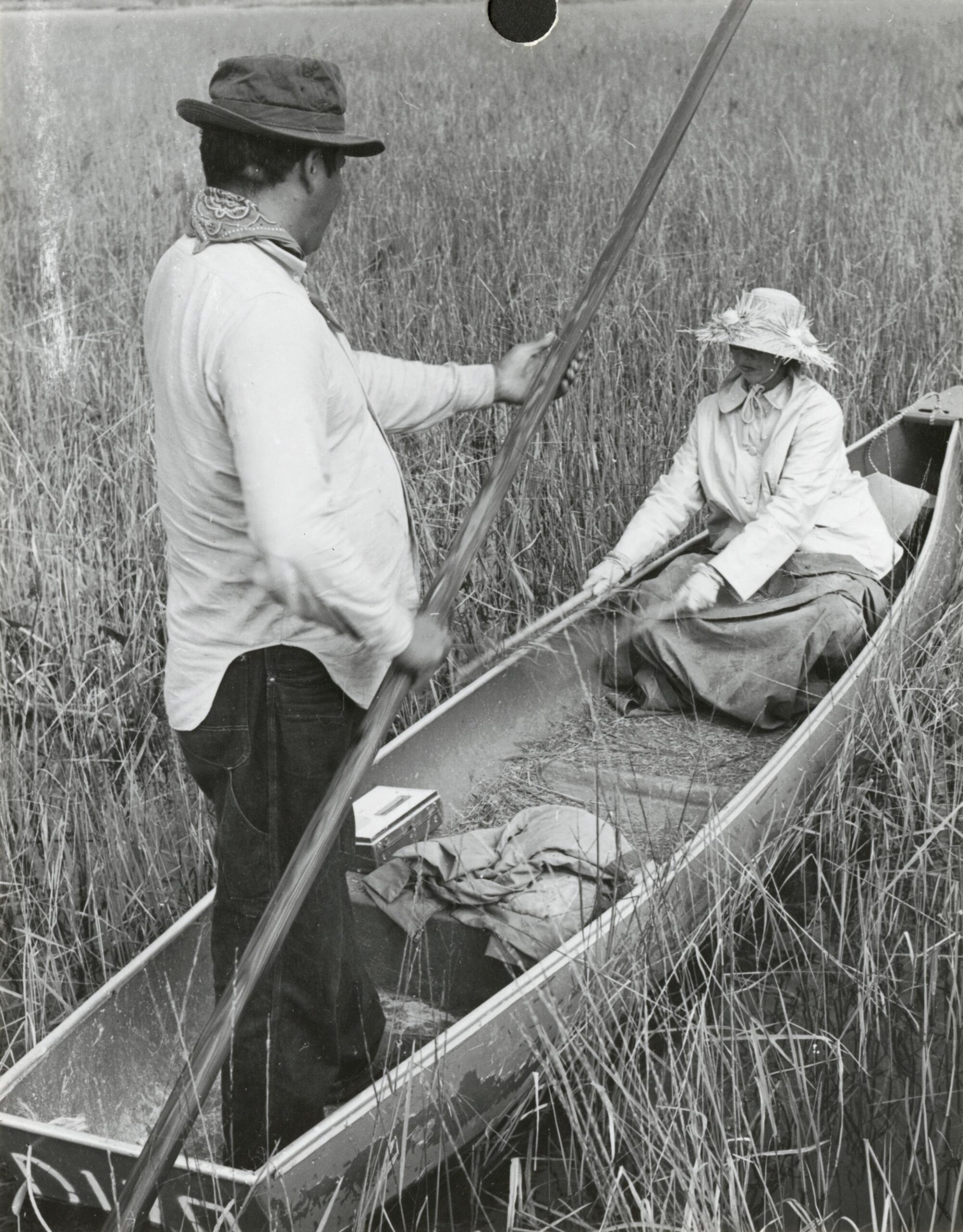
UW Digital Collections.
Diets were controlled by the seasons. Indigenous peoples moved with the seasons to where foods were available. Pioneer white settlers, while more stationary, also depended on what they grew or hunted for food.
But with increased urbanization people relied more on store purchases. In the late 19th and early 20th century they relied on several sources: public markets, traveling peddlers, and local grocers. Shopping was time consuming, requiring bargaining over prices and merchandise availability. It was generally considered women’s work.
A common urban site was a public market of self-employed vendors. These were often chaotic places where vendors and consumers mingled, appealing to shoppers of different social and ethnic backgrounds. Peddlers could also be found wandering through streets, shouting out descriptions of their goods.
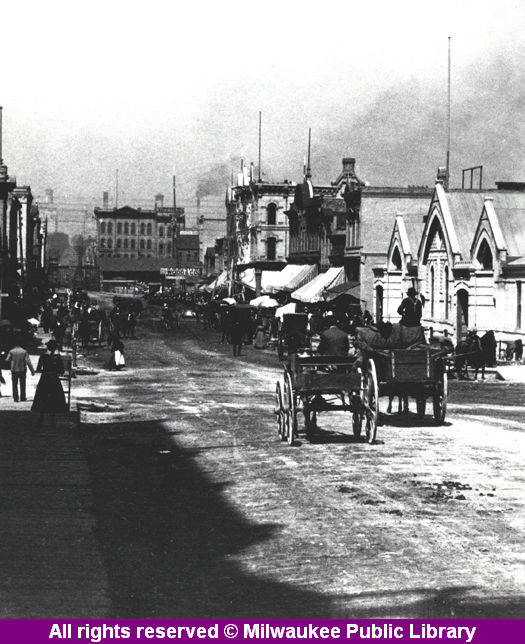
In the late 19th and early 20th centuries, small family-owned grocery stores supplanted the outdoor markets and peddlers as the primary source for food purchases. These offered more personal services such as neighborhood news or gossip, advice on food storage and preparation, translations for non-English speakers in ethnic areas, and, on occasion credit. Extension of credit proved important in working class neighborhoods where workers considering the feasibility of striking faced uncertain times of no earnings.
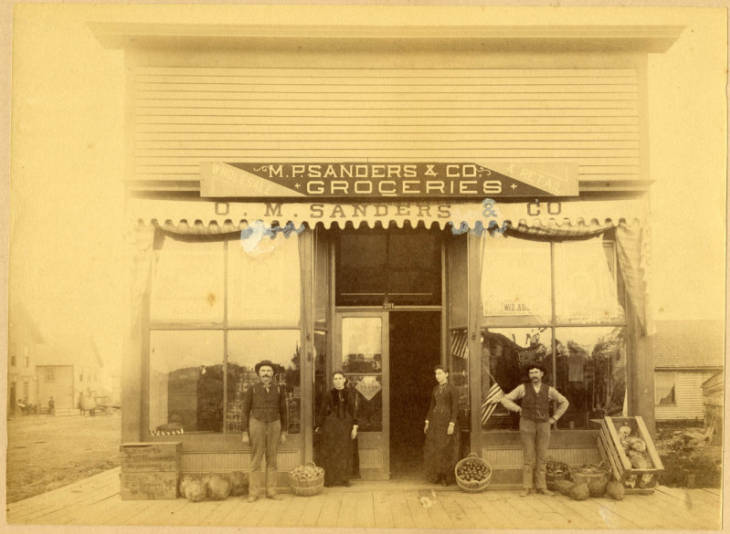
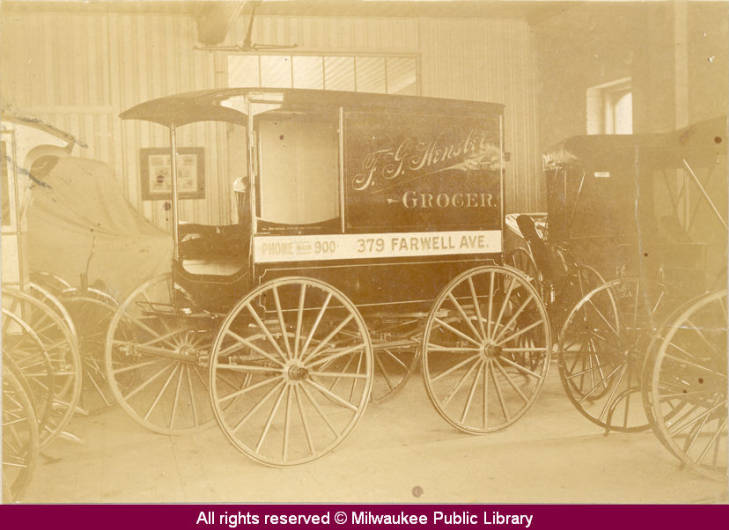
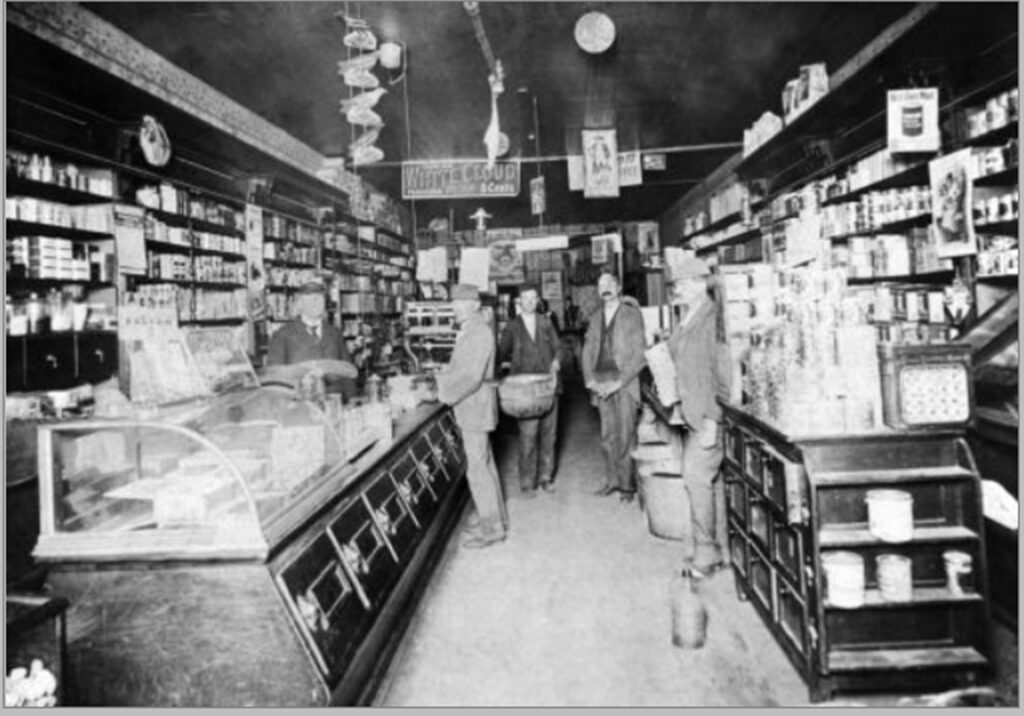
Around the time of World War I, chain stores began to dominate the food shopping landscape. A & P, Piggly Wiggly, and Kroger stores started to replace family-owned grocery stores. Some independent grocers formed alliances (IGA) that adopted the style of the chain stores. The prime appeal of the chain was the savings afforded due to their bulk buying and operating with greater efficiency. But there were other reasons. These stores offered modernity and independence of dealing with the merchant, no haggling over prices, concerns about food quality etc. The self-service feature meant that customers could save time by not having to deal with a clerk. This required redesign of stores, with open shelves where shoppers could select their purchases. By cutting down on labor costs, stores could further offer lower prices.

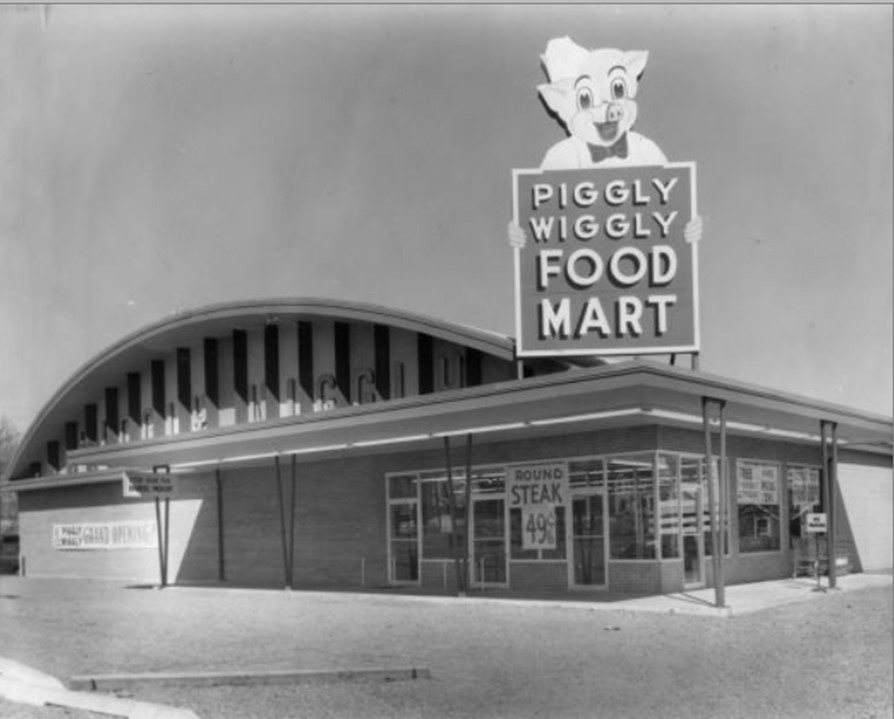
However, some saw the anonymity of self-service as a drawback to shoppers looking for personal interactions and advice from a clerk. Some shoppers also objected to food that was prepackaged where individual-sized purchases of some products, primarily meat and produce, were lacking.
In the 1910s and 1920s another store format became moderately popular: the co-op. Prevalent in Europe, it was particularly popular in the upper Midwest, particularly in communities with higher numbers of foreign-born shoppers. Co-ops continued to grow in the 1930s, expanding their base to include more middle class and American born consumers. Also, in the 1930s and 1940s “consumer activism” grew as shoppers were encouraged to “Buy American” or avoid German products (after Adolf Hitler’s rise to power). In the late 1960s the concept of “consumer activism” was revived with the call to boycott purchasing grapes in support of striking farm workers.

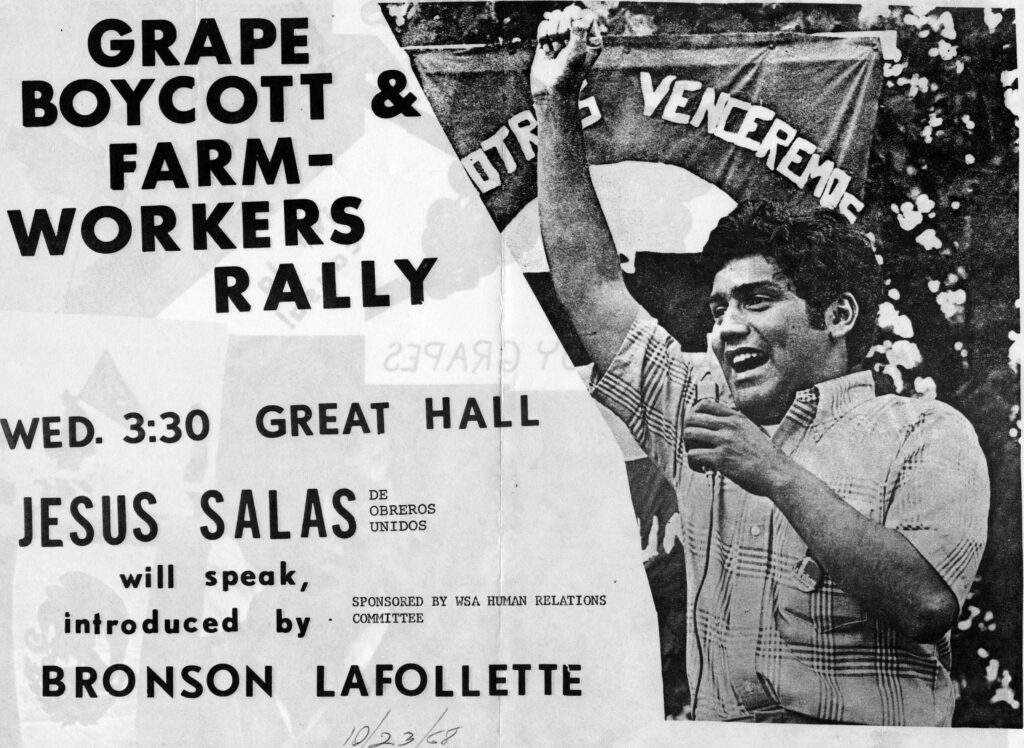
In the 1930s chain stores began to lose market shares as a new marketing style evolved: the supermarket. These were initially independents taking over large warehouses. They offered greater self-service with more limited personal interactions and also sold non-food items such as cosmetics. Supermarkets were removed from neighborhoods geographically and from the style of a neighborhood store.
During World War II problems of inflation and scarcity forced the government to adopt rationing and price controls. Shopping and bookkeeping became more complex for consumers and also store owners Pressures on small grocers increased disproportionately. Large chains and supermarkets could better deal with war time regulations and record keeping since they could have staff specialists to deal with everchanging regulations.
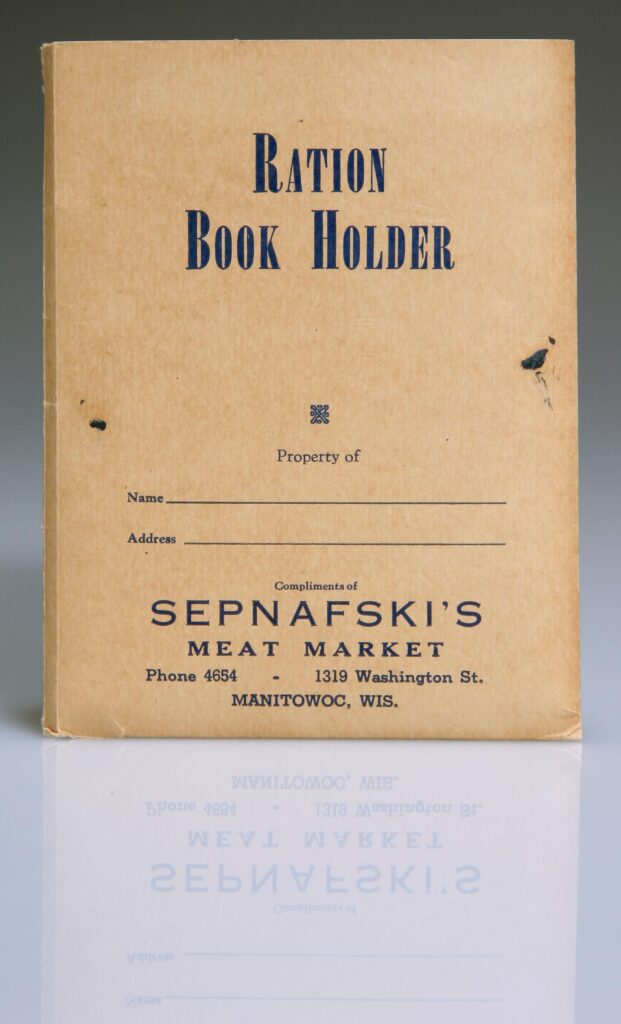
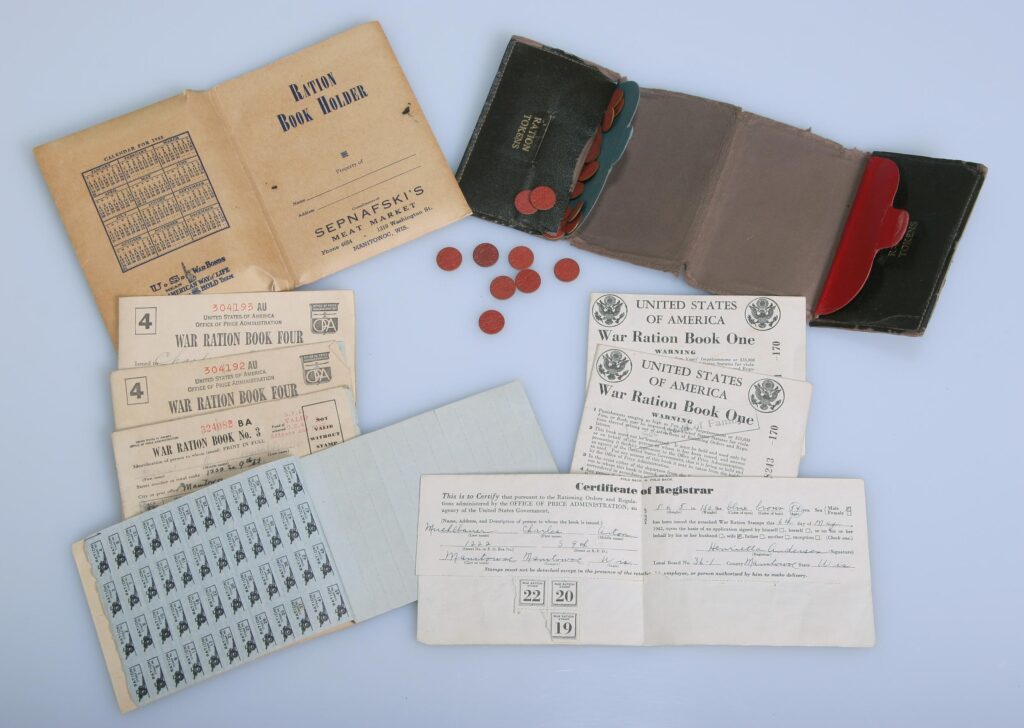
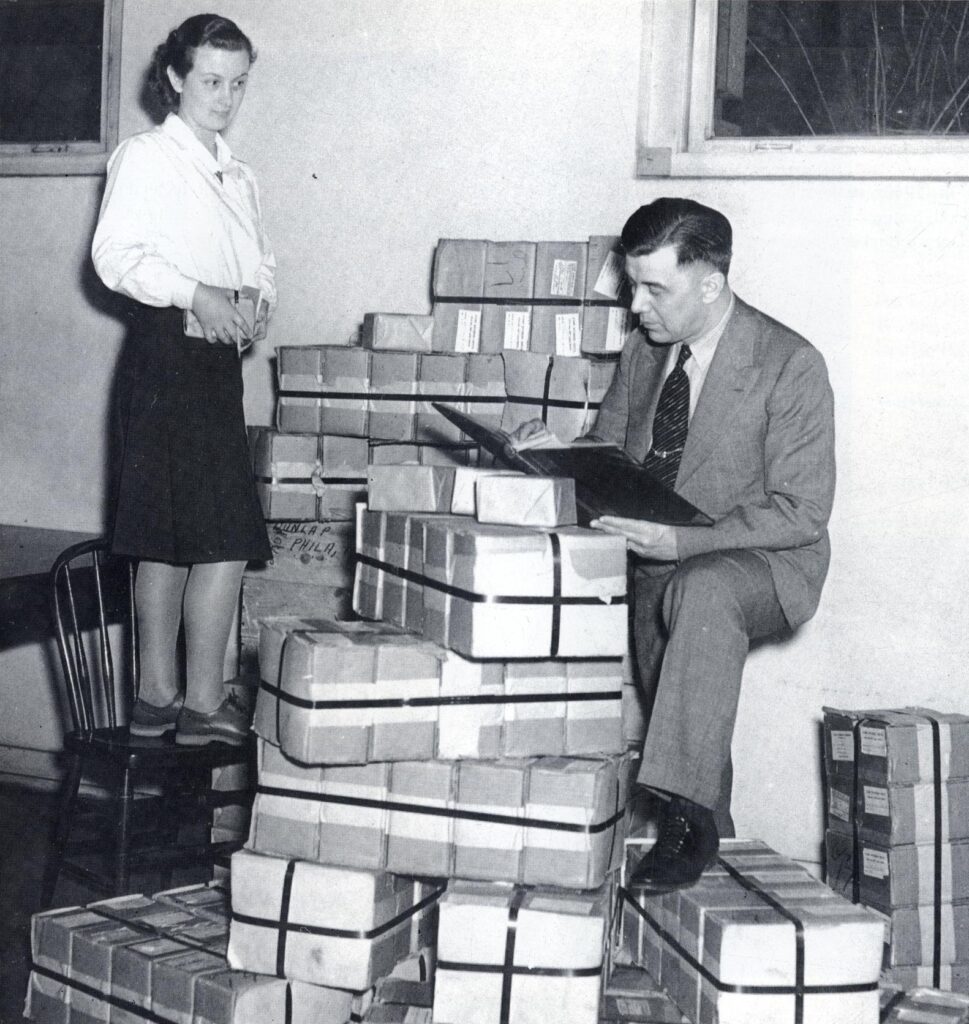
The post war economic boom further increased the popularity of the large supermarket. By 1952, supermarkets accounted for only 4% of all retail food stores but 44% of all retail food sales. Advances in refrigeration technology allowed for open-topped refrigeration cases which, in turn, led to convenient self-serve purchasing of prepackaged meat. Improved highways and refrigerated transportation expanded the range of foods available to consumers. Another appealing feature was stores with air conditioning at a time when it was not common in homes. Supermarkets would sometimes host special events to draw customers to the store.
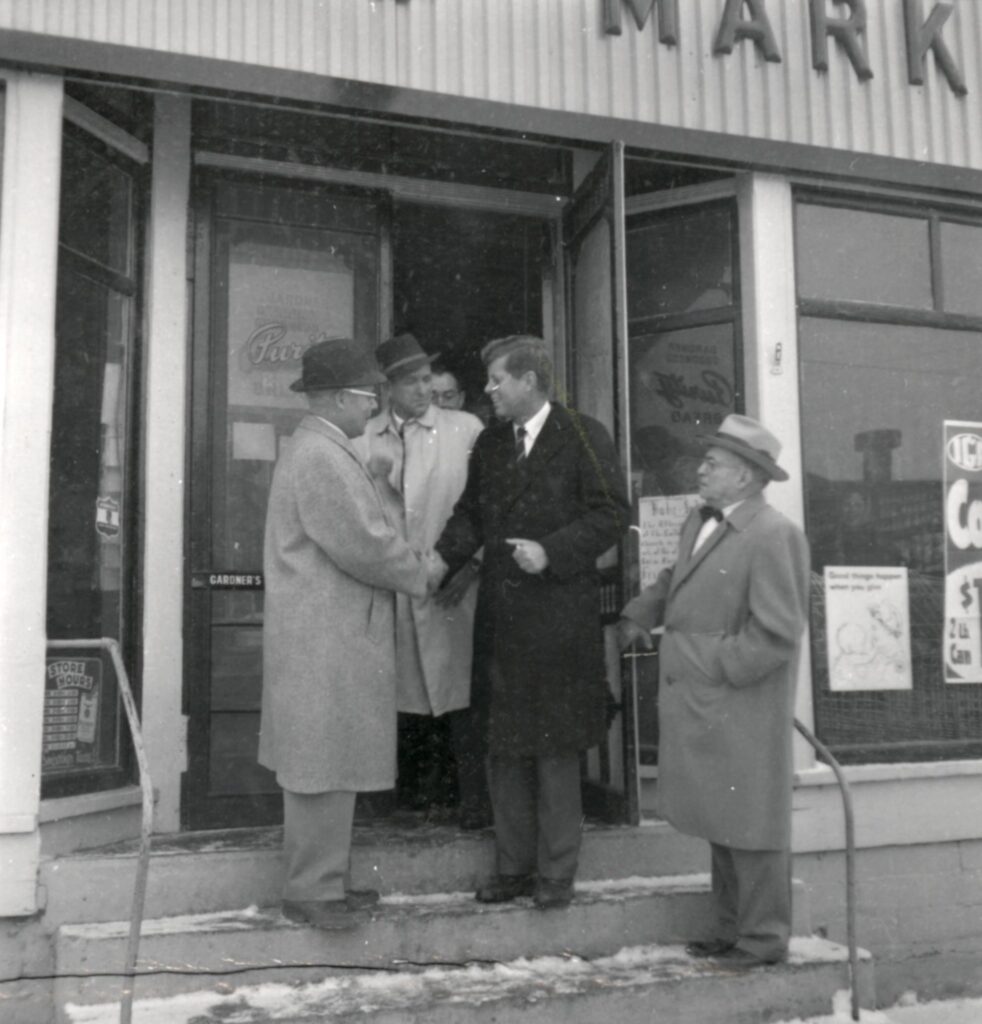
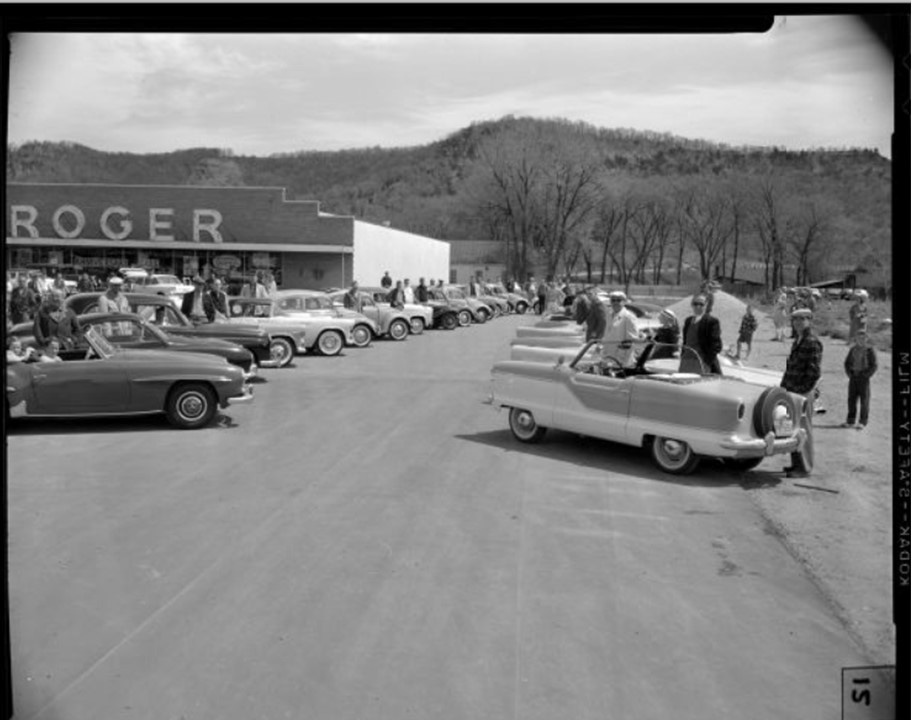
Recent decades have seen an increased popularity of a food shopping style from an earlier age. More and more people are becoming aware of where their food is coming from and of the disadvantages, personal and societal, of food out of season and shipped from great distances. The trend toward “locavore” food supply has led to the growth of Community Supported Agriculture (CSA) shopping and shopping at farmers markets. Both have appeal because of the more personal interactions between the consumer and producer. Fresh foods and knowing your food grower have become fashionable, at least to some.

UW Digital Collections
Resources
- Thomas Pecore Weso, Good Seeds: A Menominee Indian Food Memoir (Wisconsin Historical Society Press, 2016)
- Tracey Deutch, Building a Housewife’s Paradise: Gender, politics, and the American Grocery Store in the Twentieth Century (University of North Carolina Press, 2010)
- Tevere Macfadyen, The Rise of the Supermarket (American Heritage, Oct/Nov 1985)
- Sacrificing for the Common Good: Rationing in World War II (National Parks Service)
- Recollection Wisconsin Listening to War: Oral history interview with Marilyn Wright, LaCrosse, Wisconsin, discussing rationing during World War II
- Background of the grape boycott (Wikipedia)
- Wisconsin’s Farmers Markets

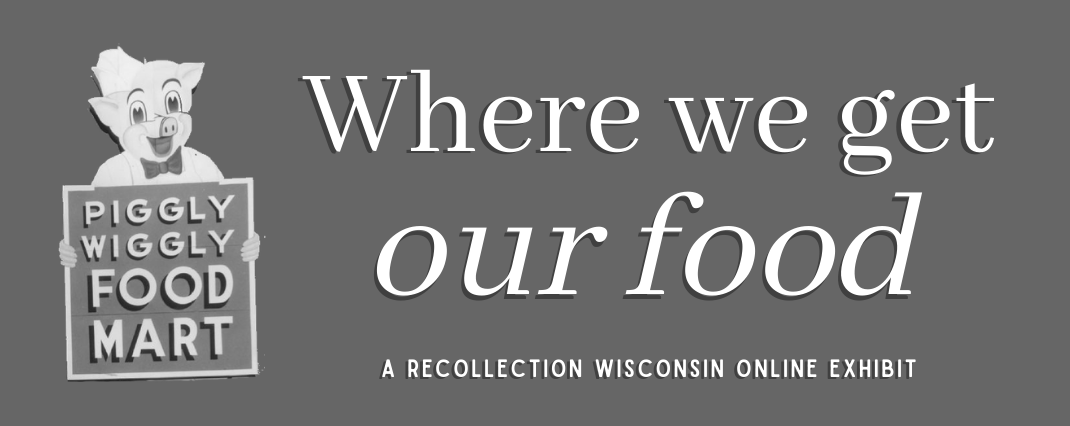


You must be logged in to post a comment.